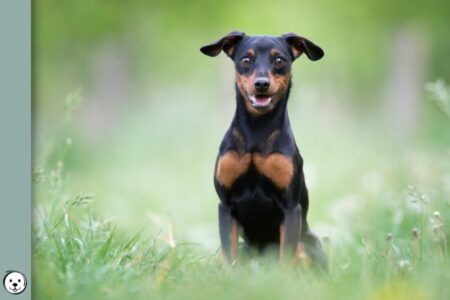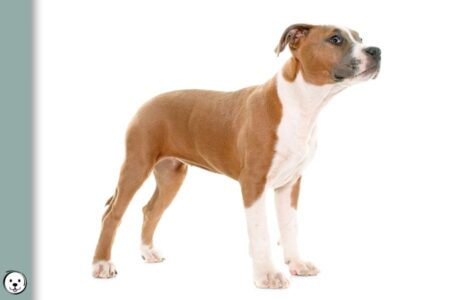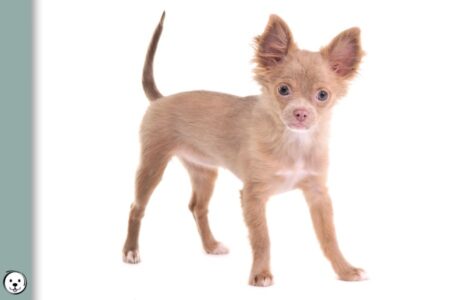Coat length is an essential characteristic of a particular dog’s coat. But what makes a dog shorthaired or longhaired? Let’s have a look at the different coat lengths dogs can have.
Content
Canine Coat Length
Normally the hair on a dog’s body grows only to a moderate length and stays this way before it finally sheds and makes way for new growth. But dogs that don’t stop hair growth at the expected time during their hair cycle will have a medium or long coat.
Some dog breeds only come with long hair (e.g. Sheltie, Afghan Hounds) or only with short hair (e.g. Beagle, Kelpie). Others dog breeds like Border Collies, Dachshunds, Saluki, Weimaraner or Chihuahua accept dogs with both coat lengths.
And some varieties were even separated into distinct breeds only because of their difference in coat length, e.g. Smooth Collie and Rough Collie or Malinois and Tervuren.
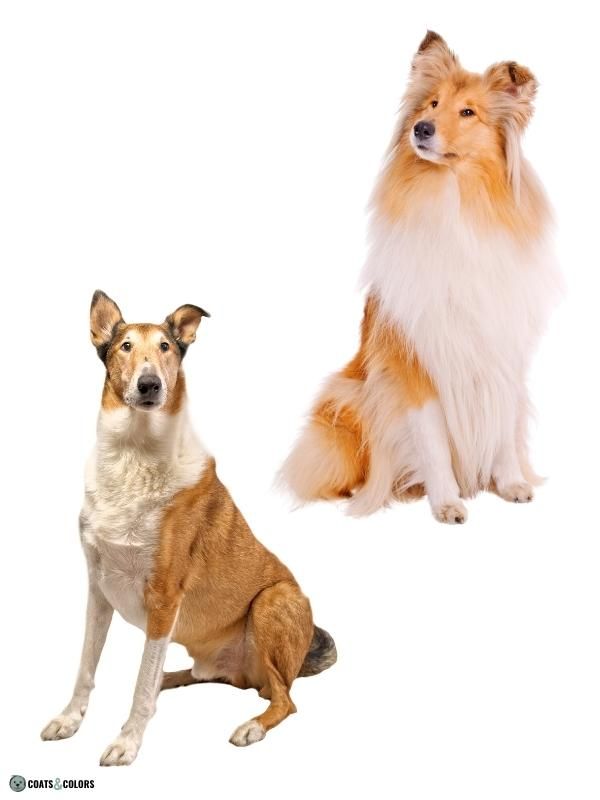
Different breeds use very different names for their longhaired phenotype. In many herding dogs, a long coat is called rough, in Corgis or French Bulldogs i’s called fluffy, in Akitas or Huskies it’s called wooly and in Shar Peis it’s called a bear coat.
Additional traits like curls or furnishings determine how a shorthaired or longhaired coat will actually look on a particular dog.
The L-Locus
The mutations associated with the hair-length differences among dog breeds were found in the FGF5 gene (fibroblast growth factor 5) on dog chromosome 32. FGF5 plays a role in the regulation of the hair cycle where it normally causes the end of hair growth at some point.
There are several different mutations that can interfere with FGF5 signaling and cause a long coat. Only dogs with at least one dominant wild-type allele (L/-) can produce a short coat.

The most common mutation that causes a long coat in many different breeds (l1)could not explain all dogs with longer hair. Meanwhile, some other mutations (l2, l3, l4, l5) that equally interrupt FGF5 function were found in breeds like Afghan Hound, Eurasier, French Bulldog, Akita, Eurasier, Samoyed or Siberian Husky[4].
All the different versions will cause a long coat if combined, e.g l1/l1 or l2/l5. It just makes a difference when choosing a testing company to pick one that can actually test for the most common variants in your breed.
Long coat is thought to be an autosomal recessive trait[3]. Still, in some breeds carriers (L/l) are known to sometimes produce just a little more coat and even very minor feathering compared to homozygous shorthaired (L/L) dogs.
L is the dominant allele and gives a smooth coat, all the different recessive alleles (l1, l2, l3, l4, l5) can be summarized simply into l. Some testing companies might use different symbols for this locus (sh for shorthaired and lh for longhaired, S for smooth, etc.).
In some sighthounds like Afghan Hounds or Salukis smooth looking puppies are sometimes born out of longhaired parents. So there might be another variant that produces a shorter than expected coat in longhaired dogs.
Dog Coat Length Calculator
Shorthaired dogs can have longhaired puppies (l/l) if both parents are carriers of a long coat variant (L/l). But if one parent is homozygous dominant for a short coat (L/L) it can only ever produce shorthaired puppies (L/-).
Longhaired dogs (l/l) bred together can only produce longhaired puppies.
This simple tool can help you predict different hair length combinations:
Surprise Puppies
The variant for a long coat (l) can be carried and stay hidden for many generations. The occasional long-haired puppy in strictly short-haired breeds just happens sometimes if both parents are carriers (L/l).
And let’s not fool ourselves, of course long-coated puppies are also produced on purpose because they are “rare” and sought after…
There are many shorthaired breeds that can produce a longhaired puppy by accident because the recessive l allele is present in the gene pool at a low frequency[5]. These are just some examples:
- American Bulldog
- American Pitbull Terrier
- Australian Cattle Dog
- Australian Kelpie
- Basset Hound
- Beagle
- Boston Terrier
- Boxer
- Chart Polski
- Dalmatian
- Dobermann
- Mastiff
- Pug
- Rottweiler
- Siberian Husky
- Vizsla
- Welsh Corgi Cardigan
- Welsh Corgi Pembroke
These puppies usually look just as unexpected as you might think. But don’t expect these puppies to have all too luxurious hair, most of them just develop some minor ear and tail feathering.
Even in breeds that regularly produce long- and shorthaired puppies in the same litter, it can take weeks until you know how each puppy’s coat will turn out. So a “fluffy puppy” with longer-than-normal hair usually is not that obvious at birth.
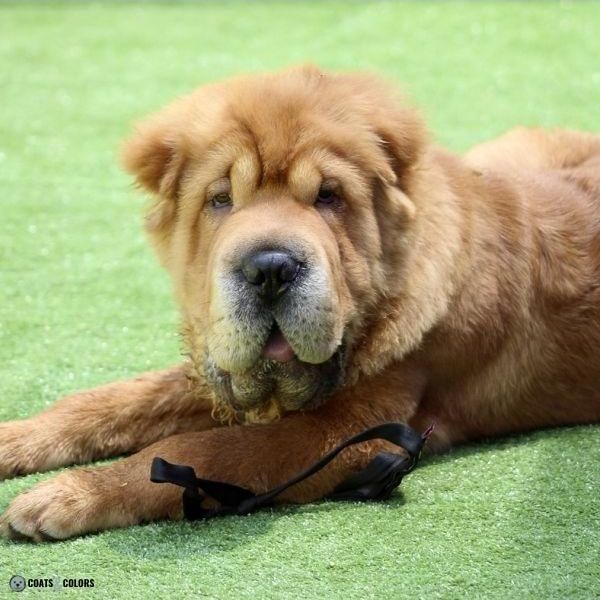
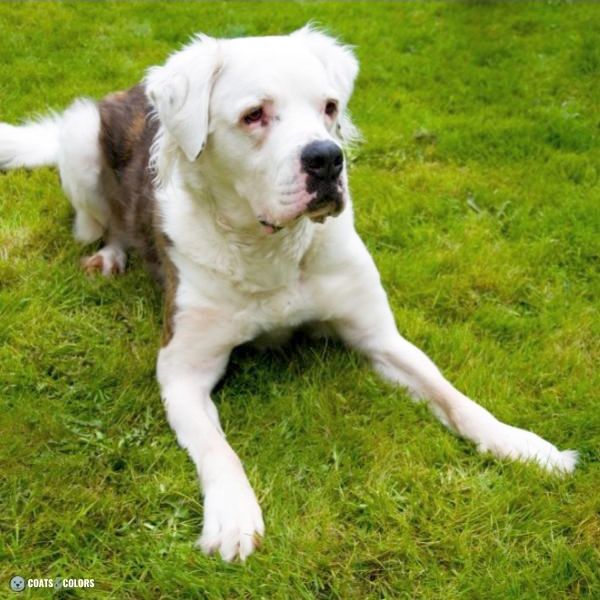
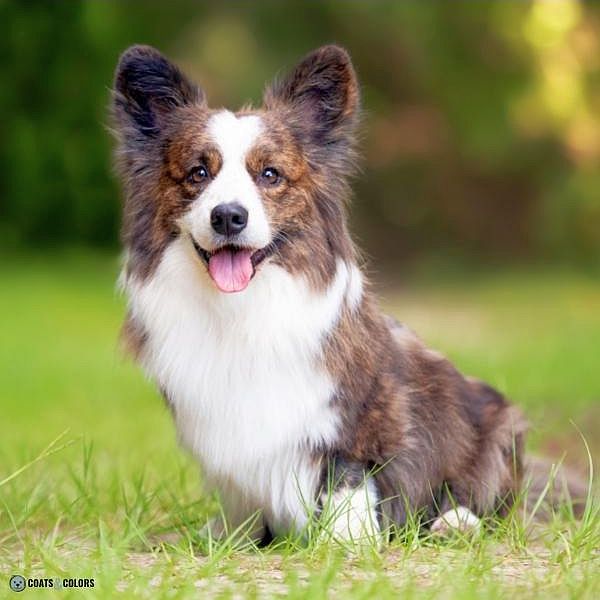
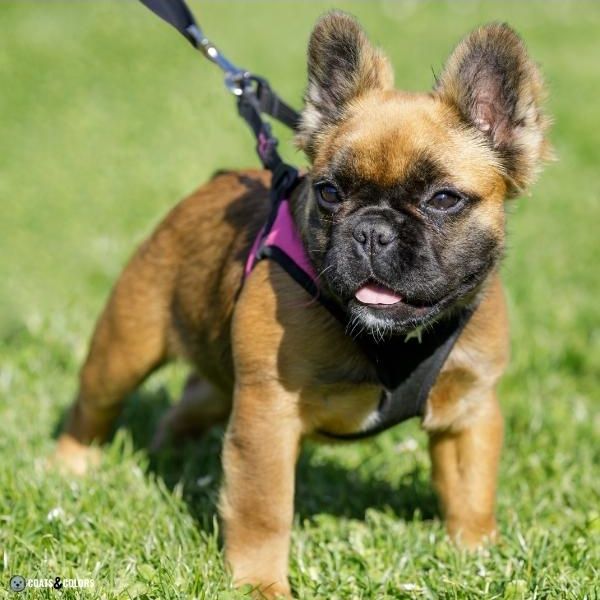
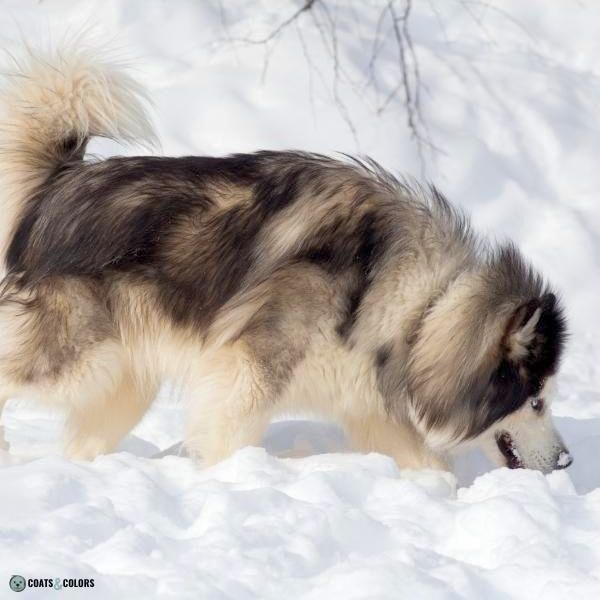
Coat Length Phenotypes
Dogs not only come with short or long hair. Other traits like curly coat or furnishings (wirehaired or bearded coats) have a huge influence on a dog’s actual look.
Hair Length
First, let’s have a look at shorthaired and longhaired dogs without curls or furnishings.
| Long | Curly | Wire |
| ✗ | ✗ | ✗ |
Dogs that neither produce a long coat nor a curly or bearded phenotype represent the wild type.
Some examples for dog breeds with a short coat are Boston Terrier, Labrador Retriever or Whippet .


Shorthaired dog breeds with some more undercoat can look a little fluffy, but are still genetically short-coated. This is true for many spitz breeds like Norwegian Elkhound, Schipperke, Alaskan Malamute or Siberian Husky.
| Long | Curly | Wire |
| ✓ | ✗ | ✗ |
Dogs that are longhaired but are neither curly nor bearded grow a medium to long coat but will have a smooth-coated face.
Some examples of longhaired dog breeds without curls or furnishings are Australian Shepherd, Bernese Mountain Dog, Shetland Sheepdog or Golden Retriever.
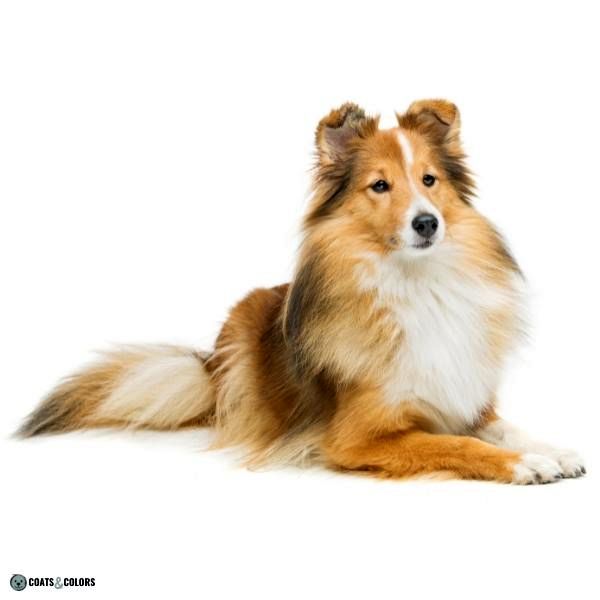

But the actual coat length on a genetically longhaired dog seems to be a trait that can be selected for in one or the other direction.
Think of working breeds and their fluffier show ring counterparts in breeds like Cocker Spaniels, Setters or Collies.
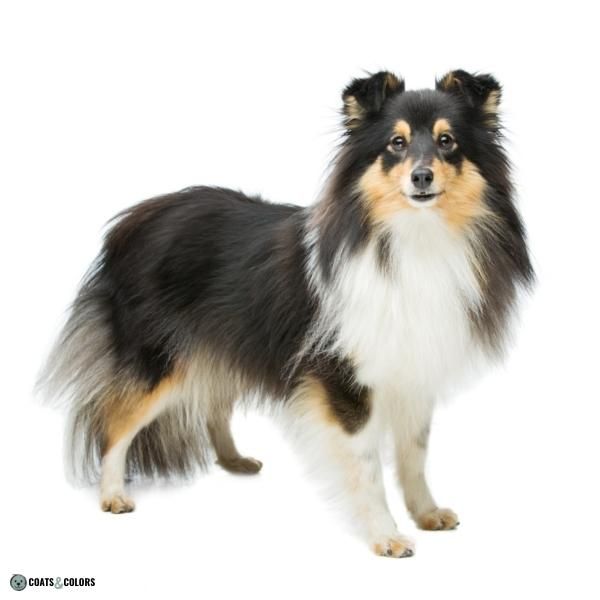

It’s not exactly clear what causes the difference between a minimalistic and a more luxurious long coat expression. In some extreme cases, a very low-expressing longhaired dog can only be told apart from a truly shorthaired dog by their minor leg or ear feathering or somewhat plushy tail.
And of course, we need to consider a dog’s age and some hormonal factors, e.g. males tending to grow a plushier mane and bitches being out of hair during their cycle.
Curly Coat
Variation at the Curly-Locus causes the formation of ringlets during hair growth.
| Long | Curly | Wire |
| ✗ | ✓ | ✗ |
But shorthaired dogs most often aren’t able to express a curly phenotype since their hair is too short to actually curl up! They may still have some wavy hair growth at areas with longer hair.
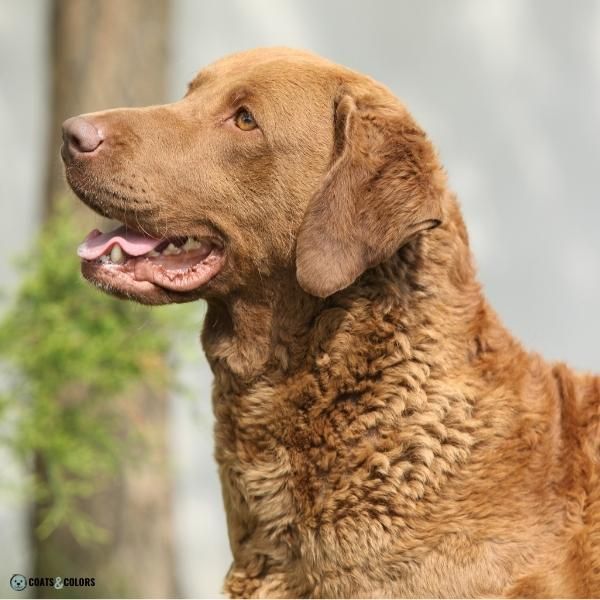
Even if they can’t express a curly coat, these dogs can still pass this trait and produce puppies with a curly or wavy coat.
| Long | Curly | Wire |
| ✓ | ✓ | ✗ |
Longhaired dogs with curls will have smooth coat on their face and legs but curls in all other areas.
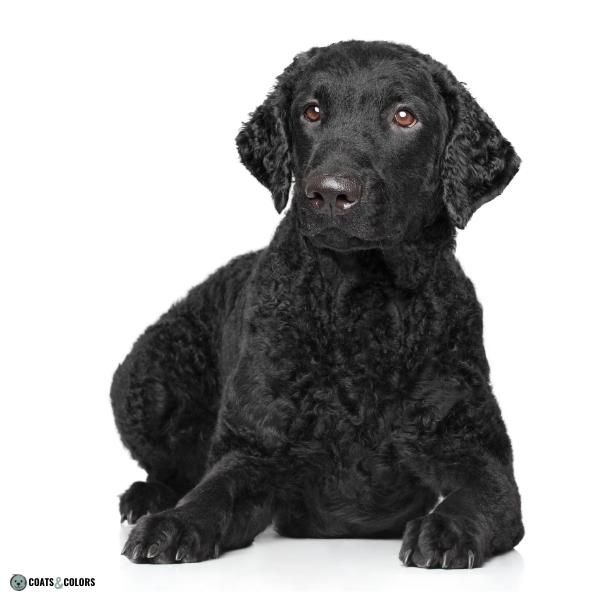
This creates quite the unique look typical for dog breeds like Irish Water Spaniel, Curly Coated Retriever, Croatian Sheepdog, Epagneul de Pont-Audemer, Kuvasz or Mudi.
Furnishings
Furnishings cause beard growth and somewhat longer and denser hair.
| Long | Curly | Wire |
| ✗ | ✗ | ✓ |
If you add furnishings to a smooth and non-curled coat this will produce a growth pattern with a mustache, eyebrows and longer leg hair. Furnishings also tend to give a little longer or even wavier coat than expected.
On short-haired dogs, furnishings cause a coarse and wiry coat texture.
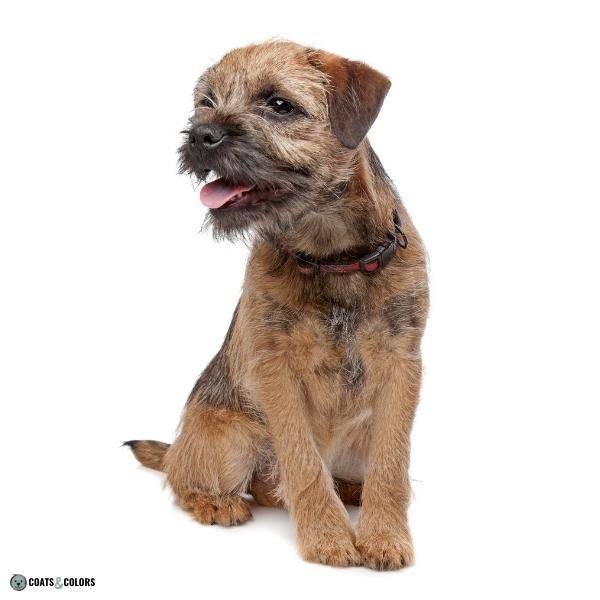
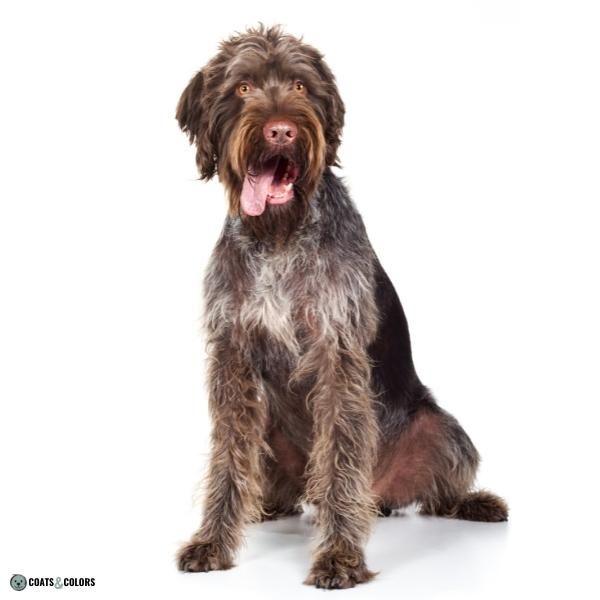
Many examples for dog breeds with short wiry coats and furnishings can be found in the terrier group, e.g. Australian Terrier, Parson Russell Terrier, Scottish Terrier, Border Terrier or Cairn Terrier.
Hunting dogs are another category with many wirecoated breeds, e.g. the wirehaired Dachshund or German Wirehaired Pointer.
| Long | Curly | Wire |
| ✓ | ✗ | ✓ |
A combination of long coat and furnishings creates a bearded look with the extra long and shaggy coat characteristic for many popular breeds.
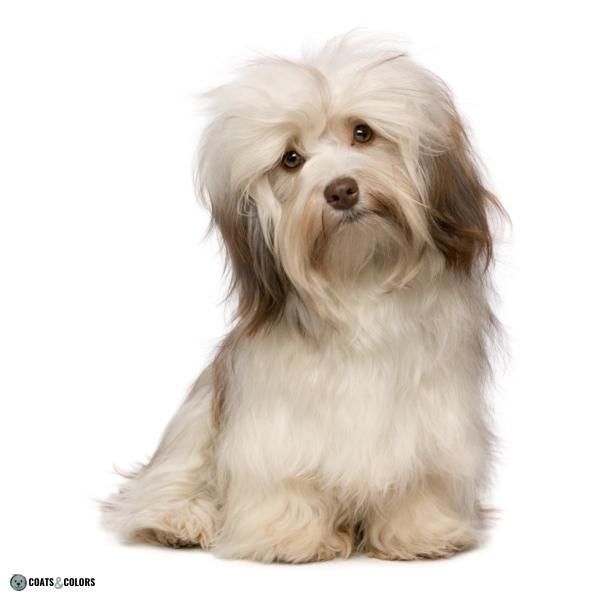
Examples of dog breeds with extra long hair are Bearded Collie, Old English Sheepdog, Briard, Bouvier Des Flanders, Yorkshire Terrier, Lhasa Apso, Lowchen, Shih Tzu, Havanese, Maltese and even Chinese Crested Dogs (think Powder Puff, the hair they do have is long).
Curly and Furnishings
But happens if you combine curly and furnishings with short or long coat?
| Long | Curly | Wire |
| ✗ | ✓ | ✓ |
A short-coated and and wirehaired dog can also have a curly coat.
Shorthaired dogs normally don’t produce curls since their hairs are too short. But furnishings add just enough hair length so the dog can actually produce wiry curls.


This combination is not too common and can be found in dog breeds like Airedale Terrier, Lakeland Terrier, Welsh Terrier, Wire Fox Terrier or some JRT and PRT.
| Long | Curly | Wire |
| ✓ | ✓ | ✓ |
Last but not least, if a dog combines long hair with curls and furnishings he will have an ever-growing curly or wavy coat and a bearded face.
This is the typical hair growth pattern common for dog breeds like Poodle, Bichon Frisé, Bolognese, Lagotto Romagnolo or Spanish Water Dog.

Learn More
Links
[1] Online Mendelian Inheritance in Animals (OMIA). Sydney School of Veterinary Science, University of Sydney. OMIA 000439-9615 (05/2013): Long Hair in Canis lupus familiaris. https://omia.org/OMIA000439/9615/
[2] Housley, DJ., Venta, PJ. The long and the short of it: evidence that FGF5 is a major determinant of canine ‘hair’-itability. Anim Genet 37:309-15, 2006. Pubmed reference: 16879338. https://doi.org/10.1111/j.1365-2052.2006.01448.x
[3] Cadieu et. al.. Coat variation in the domestic dog is governed by variants in three genes. Science 326:150-3, 2009. Pubmed reference: 19713490. https://doi.org/10.1126/science.1177808
[4] Dierks, C., Mömke, S., Philipp, U., & Distl, O. (2013). Allelic heterogeneity of FGF5 mutations causes the long-hair phenotype in dogs. Animal Genetics, 44(4), 425-431. https://doi.org/10.1111/age.12010
[5] Dreger DL, Hooser BN, Hughes AM, Ganesan B, Donner J, Anderson H, et al. (2019). True Colors: Commercially-acquired morphological genotypes reveal hidden allele variation among dog breeds, informing both trait ancestry and breed potential. PLoS ONE 14(10): e0223995. https://doi.org/10.1371/journal.pone.0223995

Hi! I’m Steffi. I am a biologist and a big time dog nerd. You are curious about coat color genetics? You’ve come to the right place! Read more.



